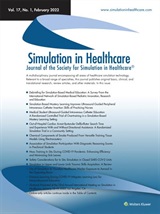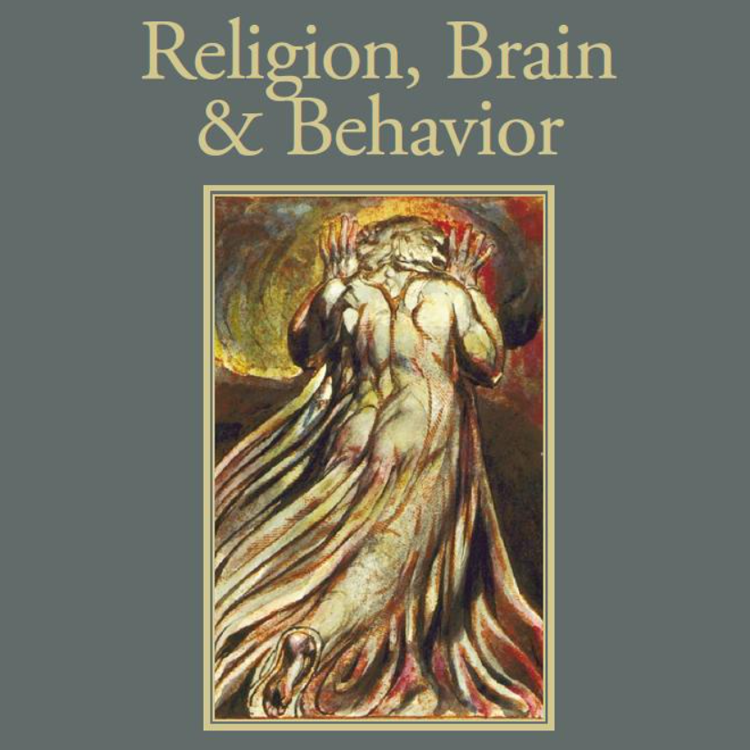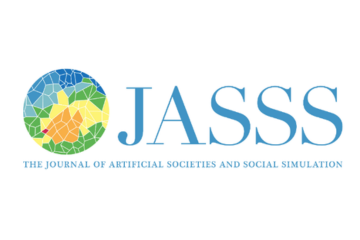Andrew Page, Saikou Y. Diallo, Wesley J. Wildman, George Hodulik, Eric W. Weisel, Neha Gondal, David Voas
Simulation in Healthcare: The Journal of the Society for Simulation in Healthcare

Introduction
COVID-19 has prompted the extensive use of computational models to understand the trajectory of the pandemic. This article surveys the kinds of dynamic simulation models that have been used as decision support tools and to forecast the potential impacts of nonpharmaceutical interventions (NPIs). We developed the Values in Viral Dispersion model, which emphasizes the role of human factors and social networks in viral spread and presents scenarios to guide policy responses.
Methods
An agent-based model of COVID-19 was developed with individual agents able to move between 3 states (susceptible, infectious, or recovered), with each agent placed in 1 of 7 social network types and assigned a propensity to comply with NPIs (quarantine, contact tracing, and physical distancing). A series of policy questions were tested to illustrate the impact of social networks and NPI compliance on viral spread among (1) populations, (2) specific at-risk subgroups, and (3) individual trajectories.
Results
Simulation outcomes showed large impacts of physical distancing policies on number of infections, with substantial modification by type of social network and level of compliance. In addition, outcomes on metrics that sought to maximize those never infected (or recovered) and minimize infections and deaths showed significantly different epidemic trajectories by social network type and among higher or lower at-risk age cohorts.
Conclusions
Although dynamic simulation models have important limitations, which are discussed, these decision support tools should be a key resource for navigating the ongoing impacts of the COVID-19 pandemic and can help local and national decision makers determine where, when, and how to invest resources.



